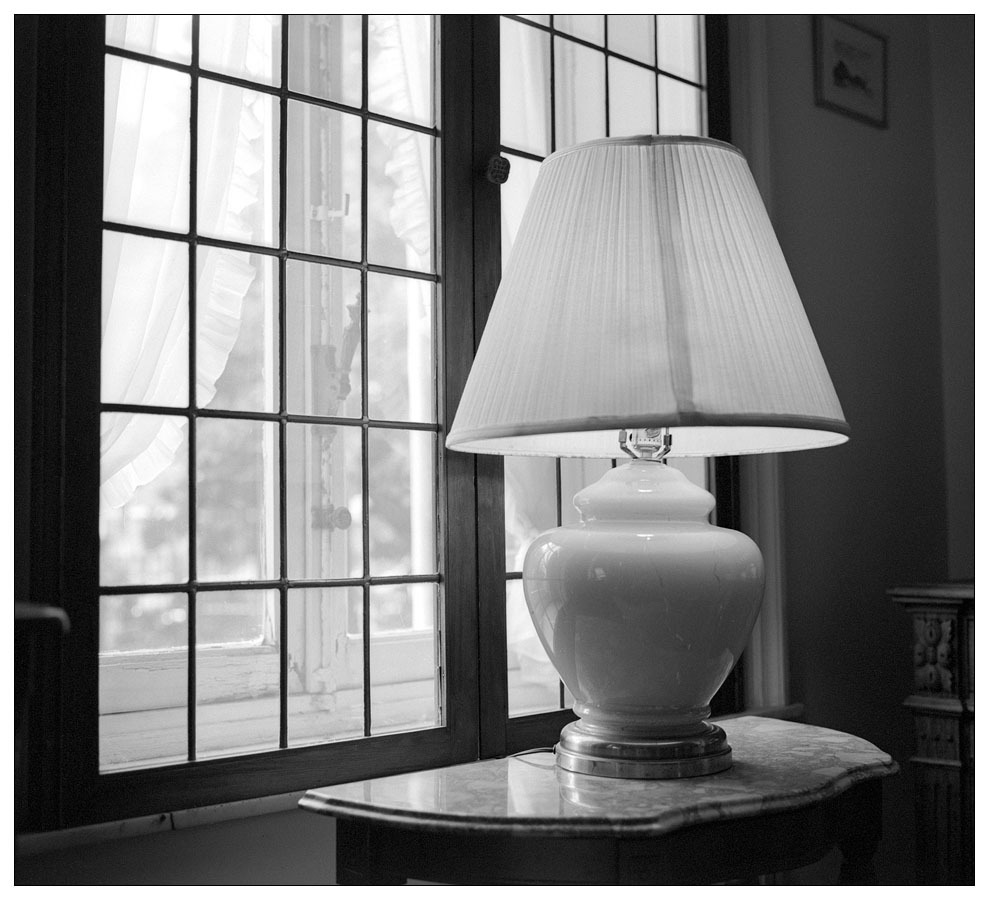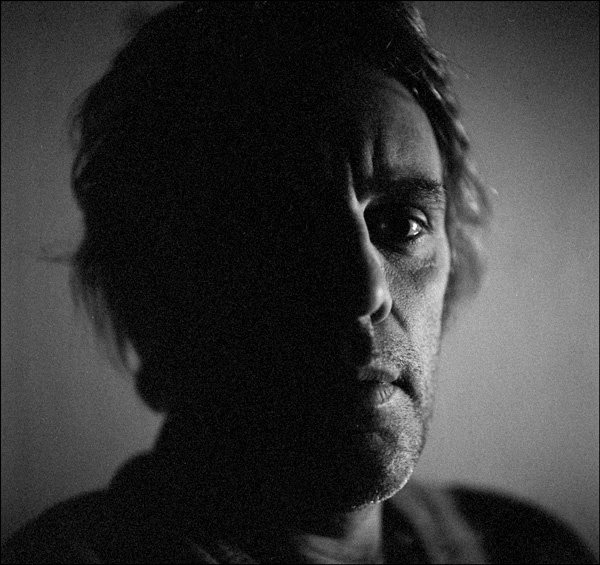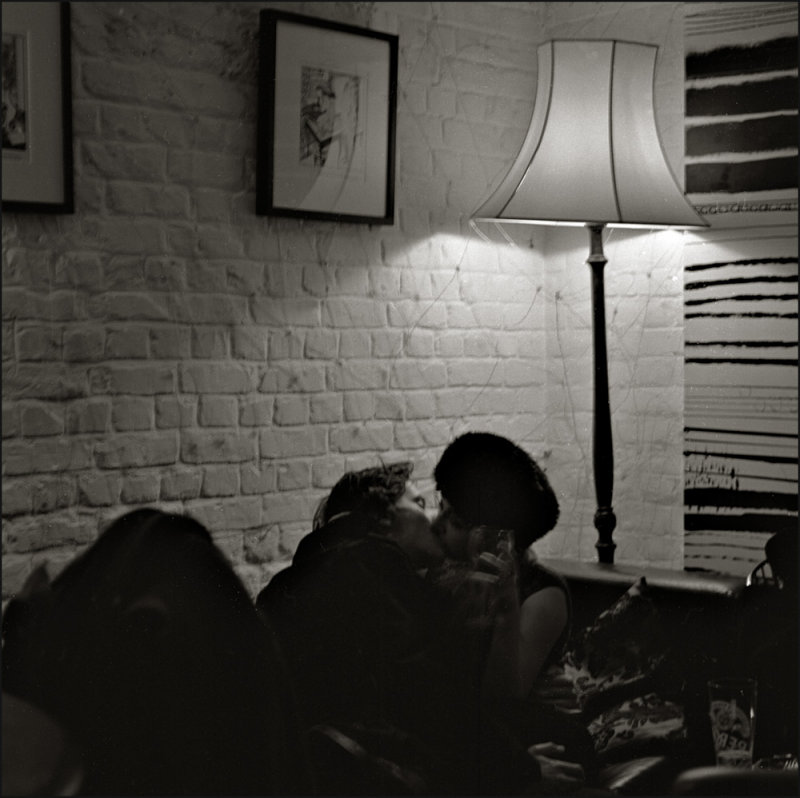Takkun
Ian M.
Photographing on the subway in Boston was a favorite pastime of mine (not so much here; I get glared at even when I'm on my way somewhere with a camera around my neck). I shot with a Bronica and Delta 3200 most of the time and contrast was fine. As mentioned, pushing increases contrast. Conversely, fast film is generally lower in native contrast.
I would also put in and say that a RF might be your best bet. SLR photography in a such a situation is possible, but not enjoyable. I generally pre-metered and had a list of various exposure levels, took off the prism, focused surreptitiously, and kept the mirror locked up.
It worked, but it was hardly ideal.
I would also put in and say that a RF might be your best bet. SLR photography in a such a situation is possible, but not enjoyable. I generally pre-metered and had a list of various exposure levels, took off the prism, focused surreptitiously, and kept the mirror locked up.
It worked, but it was hardly ideal.









